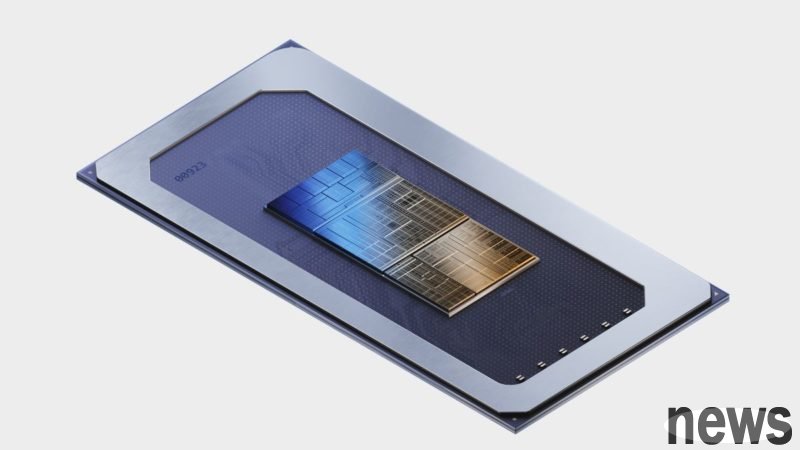
Just as Intel issued a layup to reduce operating pressure, and would give up the Intel 18A process to external customers, and strive to develop the Intel 14A process to further compete with customers and other news. According to reports from foreign media, Intel's Nova Lake-S CPU design recently completed the film projection stage in Taiwan's circular factory, and this uses the advanced N2 stage process.
According to reports from foreign media Guru3D, although there were previous market speculations that Intel plans mainly rely on its internal Intel 18A process, according to new news, the company has officially launched at least one computing chip that uses Telco's advanced 2-nanometer technology, which makes Nova Lake-S with Intel's Intel 18A process and Telco's N2 stage process at the same time. The series has achieved production flexibility, which further may avoid delays or shortages caused by Intel's own manufacturing restrictions.
Thereport notes that the Nova Lake-S CPU will adopt a complex design architecture that integrates 52 cores, including 16 high-performance cores, 32 efficiency cores, and 4 cores for optimizing ultra-low-power operations. In addition to the broad core layout, the processor also integrates advanced memory controllers to support speeds up to 8,800 MT/s. GPU functionality will be made by Xe3's Celestial architecture, while Xe4's Druid architecture is responsible for media decoding and display tasks, highlighting the diverse capabilities granted by different subsystems.
Instructors have emphasized that after the film is submitted, Intel will enter a comprehensive verification stage. During this period, the wafer will be activated and tested strictly under laboratory conditions. This process usually lasts for one month to ensure reliable performance under various operating conditions. Quantity can only be started after successful verification, and the quantity itself also takes several months. Therefore, the Nova Lake-S processor is expected to be officially launched in the third quarter of 2026.
